Work
Breathe Pennsylvania
Future Offerings and Services Development Roadmap
Breathe Pennsylvania (Breathe PA), a 100-year-old non-profit serving people with respiratory issues, was seeing the financial viability of its services shrink even as dependence on its endowment grew.
Leaders and board members could not agree on a path forward — or if change was even needed. Thoughtform took a closer look, finding overlaps between their programs and those of other local organizations. We helped their team review data, explore options, and engage in productive debate. As a result, the team aligned on a new vision and set a strategic path toward growth.
The challenge of change
Organizations, especially ones who have been in business for a long time, can find it hard to change, even in the face of necessity. “Doing what we’ve always done” feels safe, and transforming an organization takes planning and hard work, with no guarantee of success. Gathering and analyzing data is a good way to start, but even relevant data doesn’t always lead to alignment or change minds. Orchestrating change is complex, and well-intended stakeholders can disagree on the correct path.
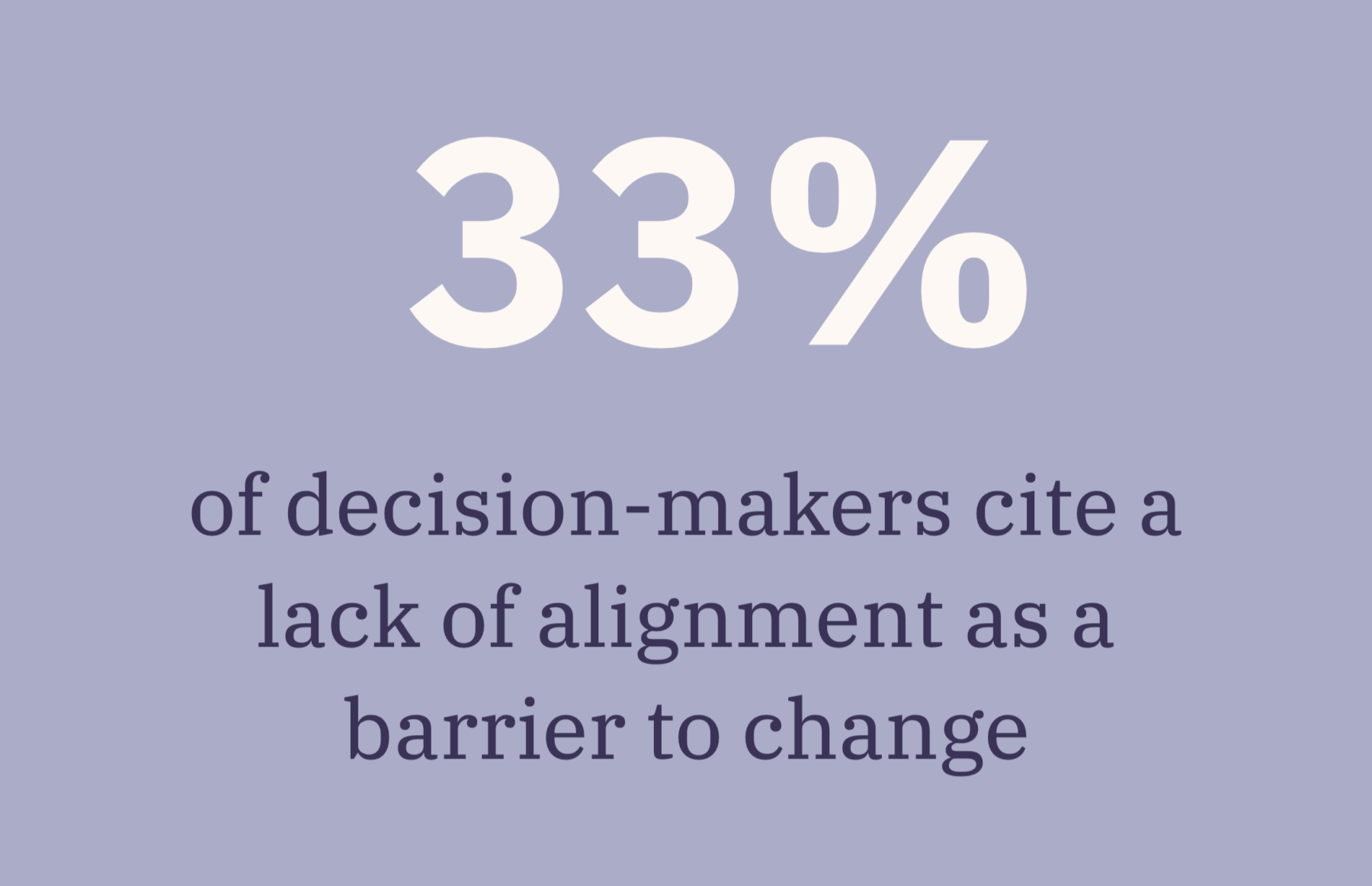
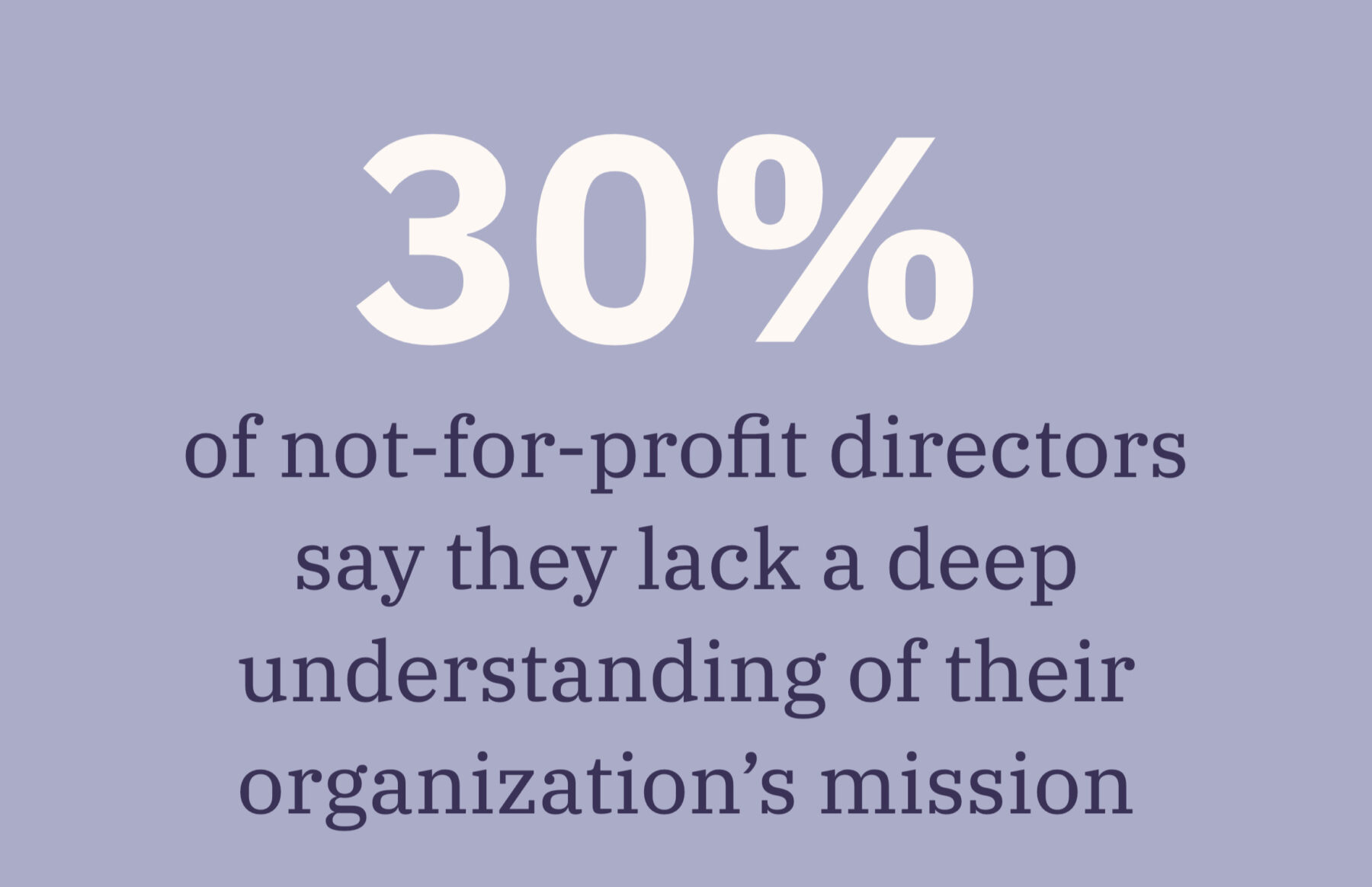
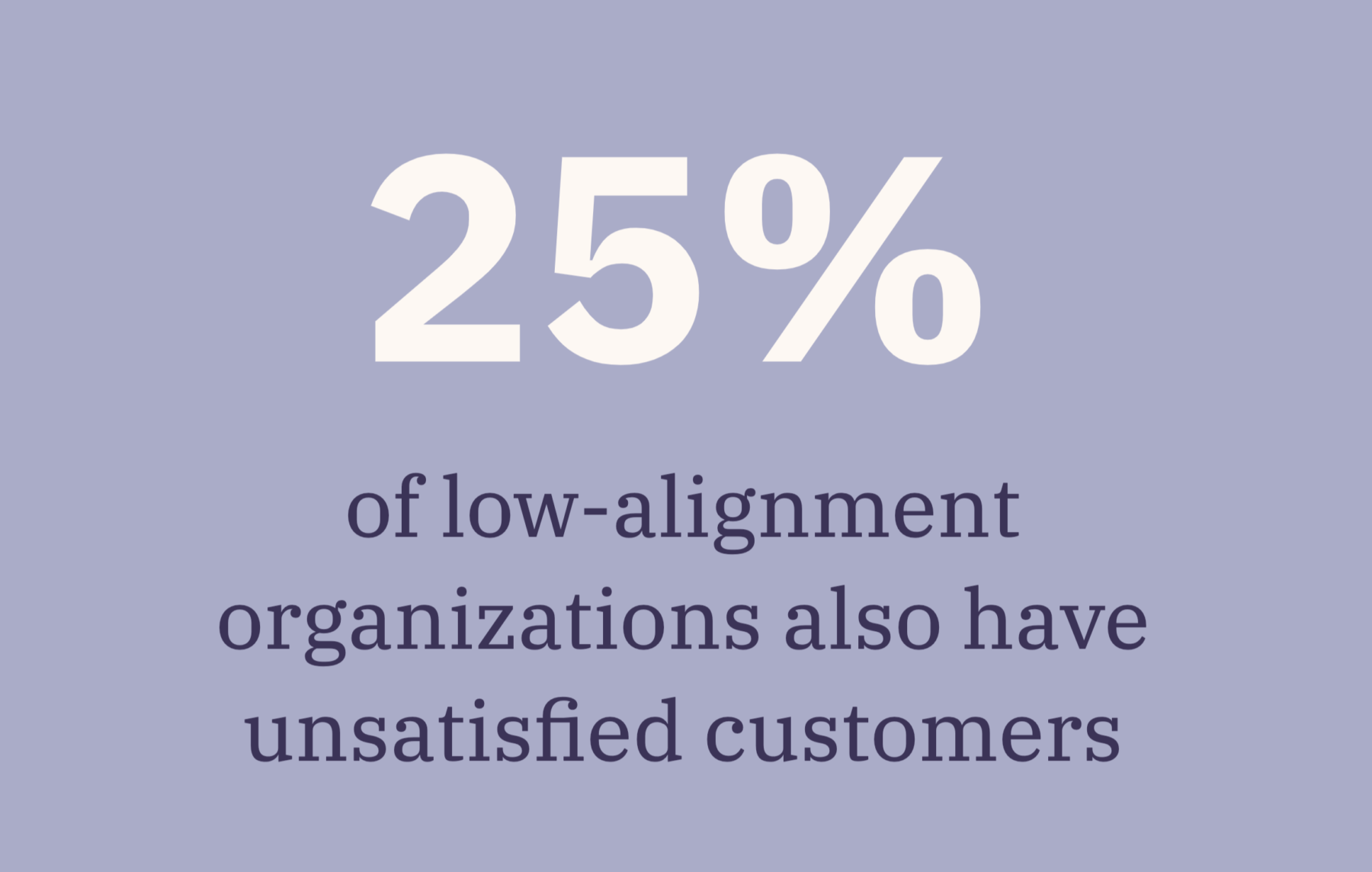
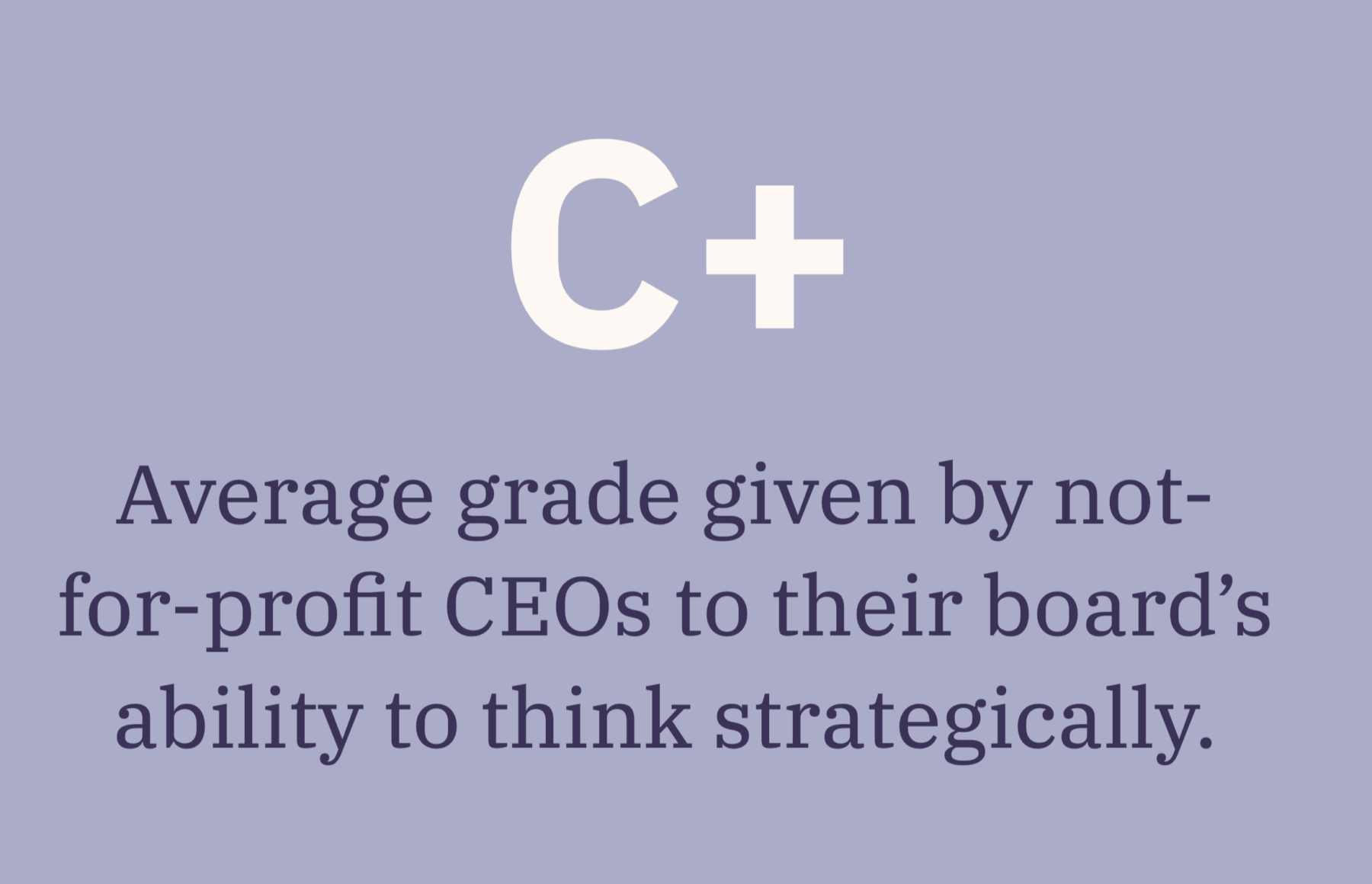
A pioneer in the fight against lung disease
For the last century, Breathe PA has been a leader in providing people with the tools and knowledge to become advocates for their own lung health through services and education on chronic lung conditions. Breathe PA understood that engaging with a wider network and increasing revenue would allow them to assist the community in new ways. The board and organization leaders knew they needed to focus on growth, but identifying which services needed to be dropped, which services needed to be expanded, and which services needed to be changed was a challenge.
Driving decisions
The Thoughtform team encouraged Breathe PA to start with the customer. Understanding the needs and desires of one’s target audience is the surest way to begin creating a successful path to the future. Together, Thoughform and Breathe PA developed a questionnaire regarding programs and services that they sent to clients in Breathe PA’s mailing list and hosted co-creation sessions with internal staff, providers, and patients. Using the resulting insights, Thoughtform was able to help Breathe PA’s leaders and board bring an analytical lens to their organization’s offerings and come to agreement on a strategy. Then Thoughtform developed a visualized roadmap and detailed plan, approved by the board, that would meet the future needs of the organization.
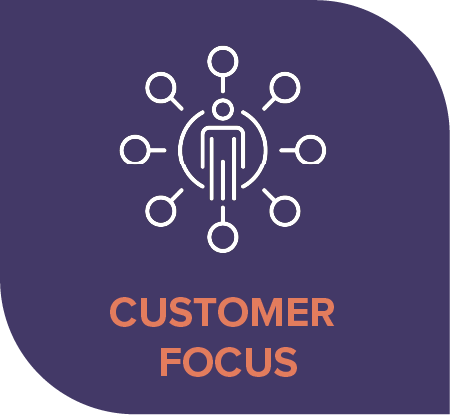
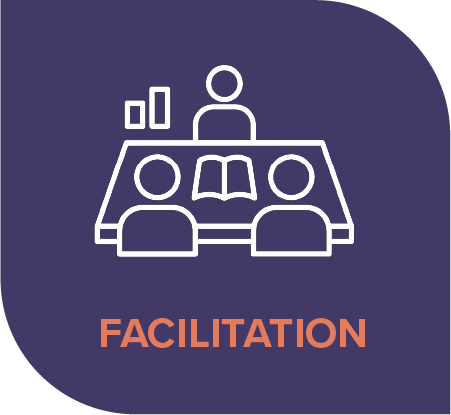
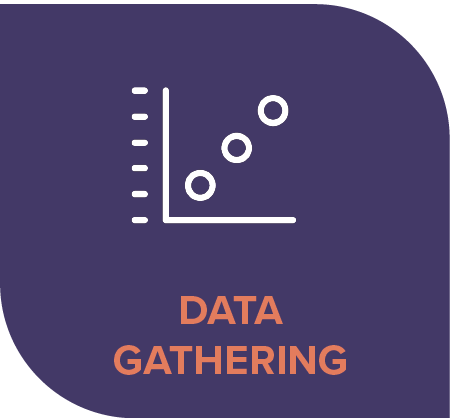
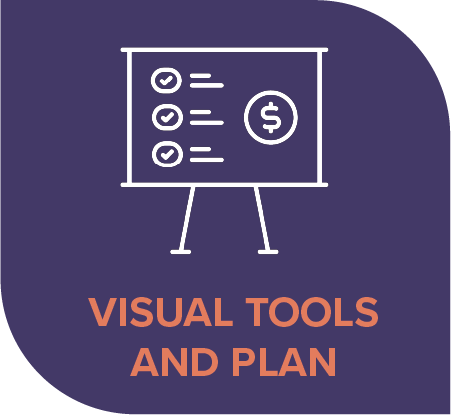
Thoughtform and Breathe PA approached the project with a customer focus, ensuring the people who depend on Breathe PA’s services had a voice in the organization’s future. Thoughtform ensured leaders and board members had the information they needed about the marketplace and customer preferences to make decisions. Finally, Thoughtform provided a helpful outside perspective to Breathe PA leaders, enabling them to present a compelling business case to the board.
Leveraging data, insights, and communication
To ensure alignment, Thoughtform used a highly collaborative, iterative, and agile process. We reviewed Breathe PA’s programs, history, mission, vision, and current strategic plans to gain a high-level understanding of their work. We interviewed board members and staff to define the exact problem Breathe PA needed to untangle and developed a deep, empathetic understanding of Breathe PA’s clients. We met regularly with the core client team to discuss findings, strategize next steps, and prepare for upcoming board discussions. Finally, we created a roadmap, a visual tool that helped stakeholders visualize and align to a direction, and a detailed project plan.
A foundation for the future
Thoughtform helped Breathe PA align on a direction, but, more important, we helped Breathe PA align on a way to navigate future challenges, where stakeholders hold vastly different perspectives. Starting with customer needs, giving voice to stakeholders, gathering relevant data, bringing in experienced outside strategists, and devoting sufficient time to open facilitated discussion are critical ways to build alignment within a team.
Want to read more? Check out the full case study here.
